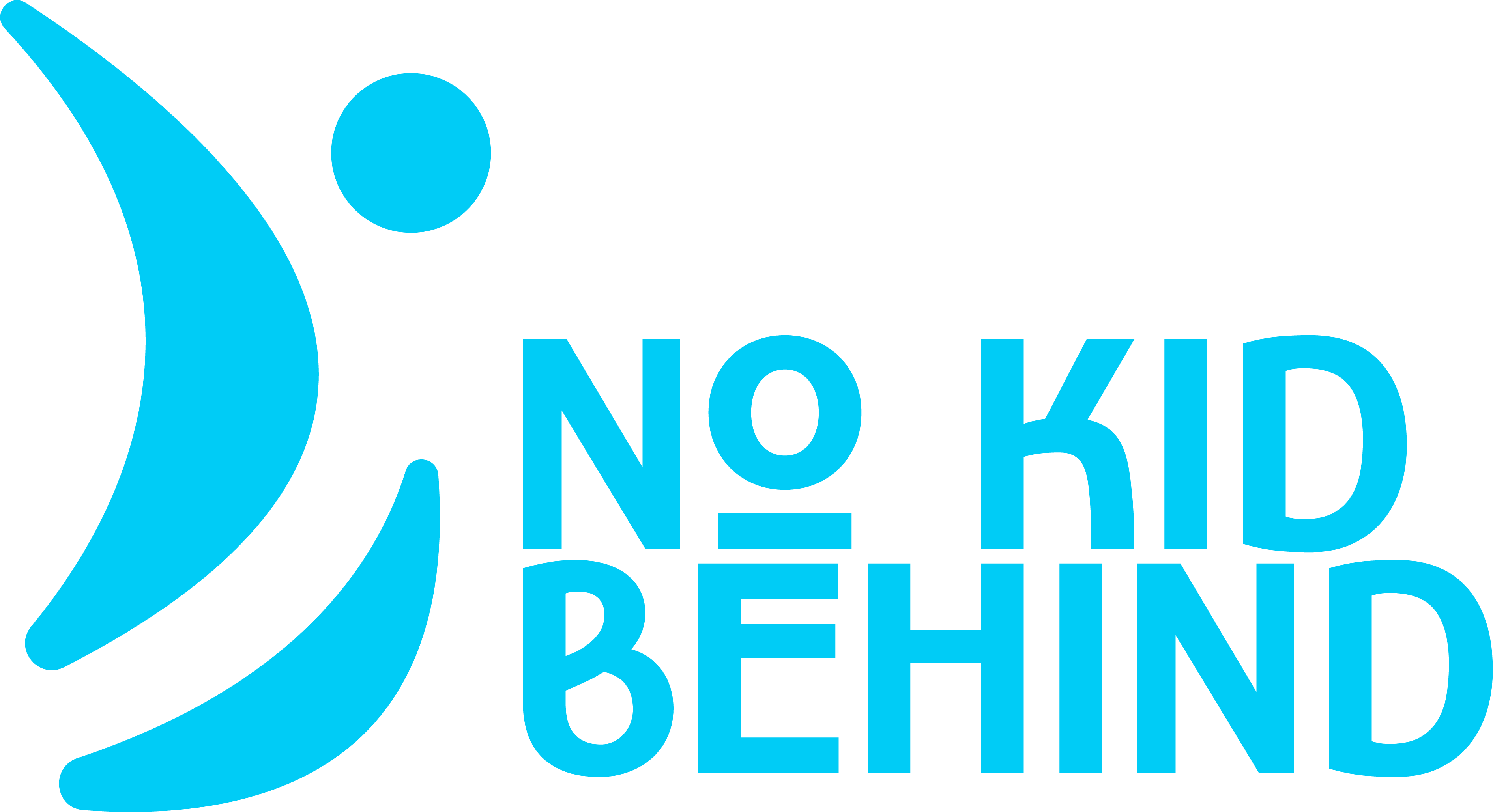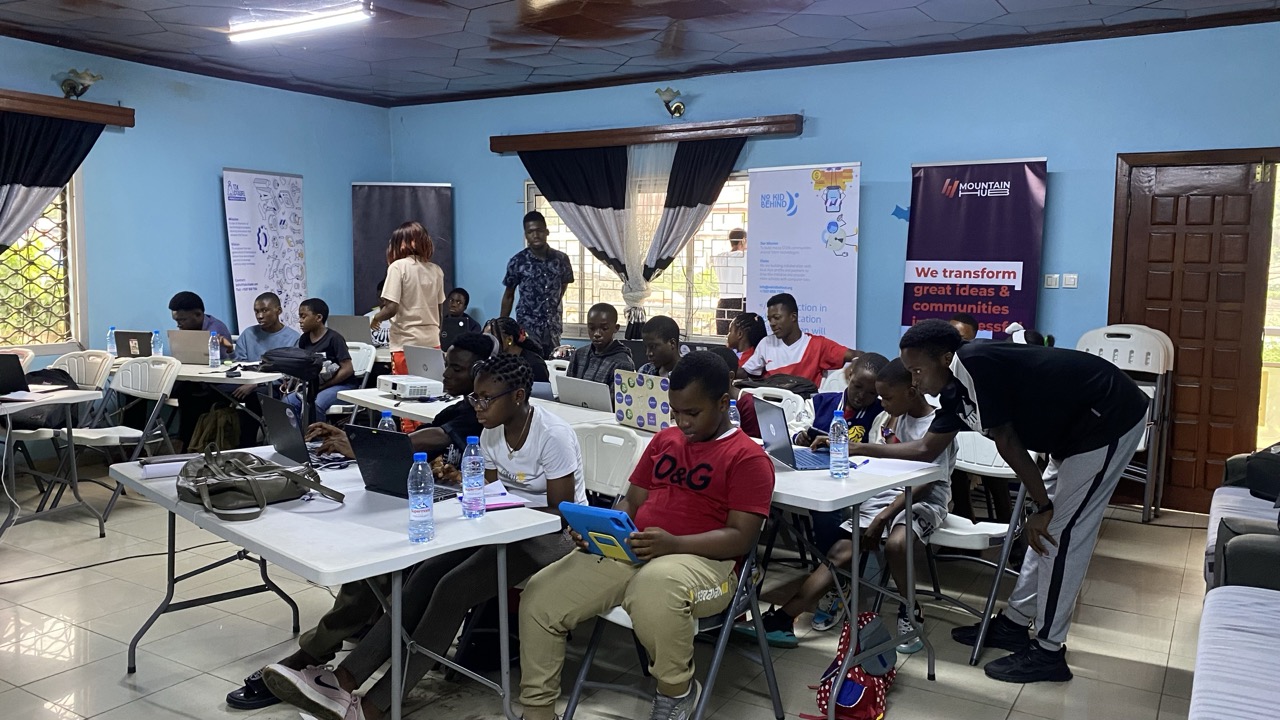Why We Must Teach Our Kids to Use STEM Tools
In an increasingly technology-driven world, the importance of STEM (Science, Technology, Engineering, and Mathematics) education cannot be overstated. Beyond the buzzwords and trends, there lies a fundamental truth: STEM tools empower our children to be the innovators, problem-solvers, and leaders of tomorrow. The earlier we introduce these tools to our kids, the better equipped they will be to navigate and shape the future.
1. Building Critical Thinking and Problem-Solving Skills
STEM tools encourage a mindset of curiosity, exploration, and experimentation. Whether it’s coding a simple program, building a model rocket, or solving a math puzzle, these activities require kids to think critically and solve problems. This approach nurtures their ability to analyze situations, consider different solutions, and make informed decisions—skills that are invaluable in any field.
For instance, when a child programs a robot to navigate an obstacle course, they’re not just playing with technology. They’re learning to break down complex tasks into smaller, manageable steps, test hypotheses, and iterate on their designs. These experiences foster resilience and adaptability—qualities that are essential in our rapidly changing world.
2. Fostering Creativity and Innovation
STEM education is not just about memorizing formulas or coding languages. It’s about using those tools to create something new. STEM tools provide a canvas for creativity, allowing kids to transform their ideas into reality. Whether it’s through designing a game, building a circuit, or creating a 3D model, STEM education merges creativity with technical skills.
This blend of creativity and logic is particularly important in today’s economy, where innovation drives success. By encouraging kids to think creatively with STEM tools, we’re not only preparing them for future careers but also enabling them to be the creators of new technologies, solutions, and ideas.
3. Preparing for the Future Job Market
The demand for STEM-related jobs is growing at an unprecedented rate. According to the U.S. Bureau of Labor Statistics, STEM jobs are projected to grow by 8% from 2019 to 2029, compared to just 3.7% for non-STEM occupations. The rise of automation, artificial intelligence, and data science means that future job markets will be heavily influenced by technology.
By teaching our kids to use STEM tools, we are preparing them for a future where these skills will be in high demand. More importantly, we are giving them the confidence and competence to be leaders in these fields. Whether they become engineers, data scientists, or entrepreneurs, their proficiency with STEM tools will open doors to opportunities that we can only begin to imagine.
4. Promoting Equity and Access
STEM education has the potential to bridge gaps in opportunity, particularly for underrepresented communities. By ensuring that all children have access to STEM tools and education, we can help level the playing field and promote social equity.
Programs that introduce STEM to children from diverse backgrounds can inspire a new generation of scientists, engineers, and innovators who might not have considered these careers otherwise. This inclusion is crucial—not just for the individuals but for society as a whole. A diverse STEM workforce brings a variety of perspectives and ideas, leading to more innovative solutions and a stronger, more resilient economy.
5. Encouraging Lifelong Learning
STEM tools instill a love for learning that extends beyond the classroom. When kids engage with STEM, they discover that learning is a continuous process, fueled by curiosity and driven by passion. This mindset of lifelong learning is essential in a world where knowledge and technology are constantly evolving.
By introducing STEM tools early, we help kids develop a growth mindset—the belief that their abilities can be developed through effort, perseverance, and learning. This mindset is not only key to success in STEM but in all areas of life.
Conclusion
Teaching our kids to use STEM tools is not just about preparing them for future jobs—it's about equipping them with the skills and mindset they need to thrive in a complex and dynamic world. STEM education fosters critical thinking, creativity, and resilience, while also promoting equity and lifelong learning.
As parents, educators, and community leaders, it’s our responsibility to provide our children with the opportunities and resources to engage with STEM. By doing so, we are investing in a brighter future for them and for society as a whole. After all, today’s young STEM learners are tomorrow’s innovators and problem-solvers—the ones who will tackle the challenges and seize the opportunities of the future.
Creating access to STEM education also means recognizing how systemic barriers—economic, geographic, or informational—can limit a child’s ability to fully benefit from the tools we provide. Health and well-being are often overlooked in this conversation, yet they play a crucial role in a student’s ability to engage, focus, and persist in learning. For families managing chronic conditions like type 2 diabetes, finding affordable treatment can be just as essential as finding a good school. That’s why it’s helpful to find out Generic Rybelsus cost without prescription in this country on this website, especially for those seeking accessible and discreet options. When we think about equity in education, we must also think holistically about what supports a child’s capacity to learn. Addressing medical and economic challenges alongside academic ones is key to unlocking every learner’s full potential.





